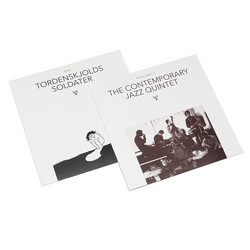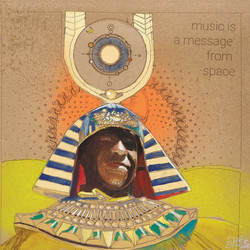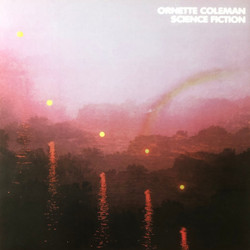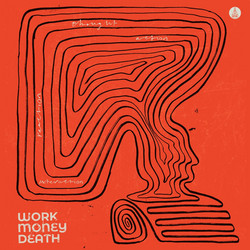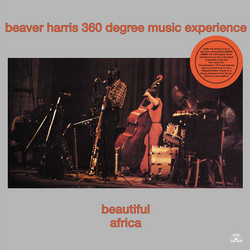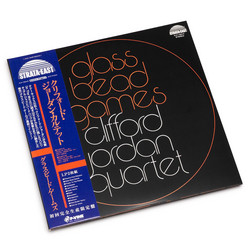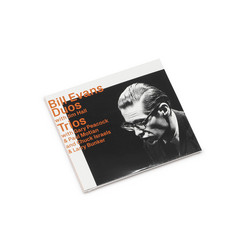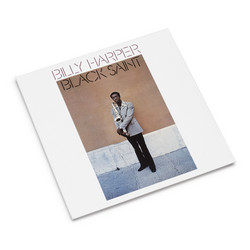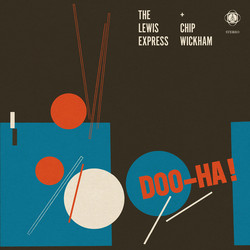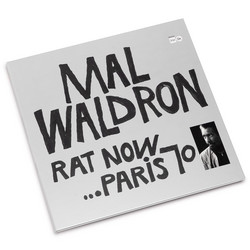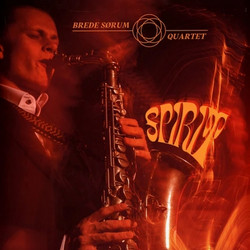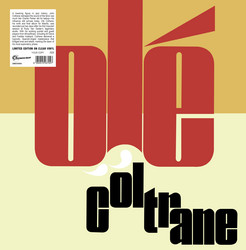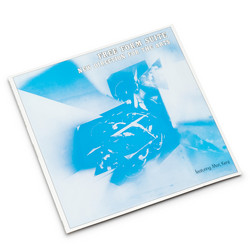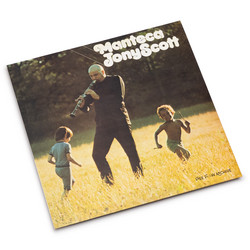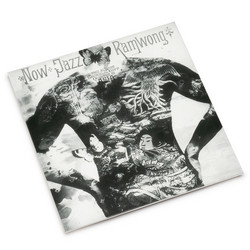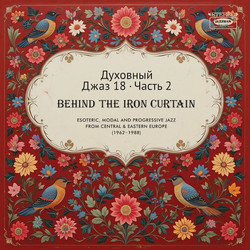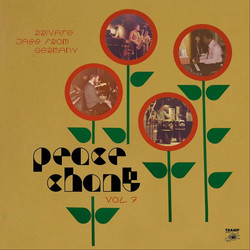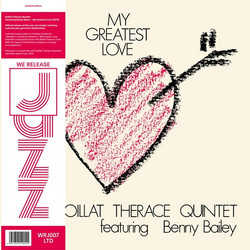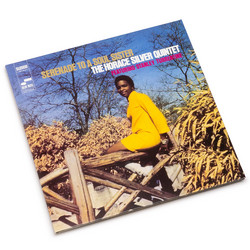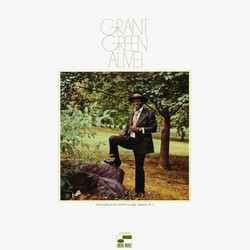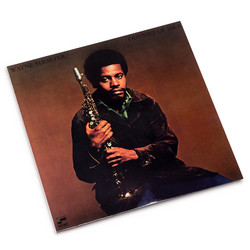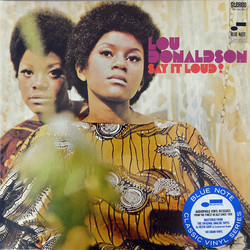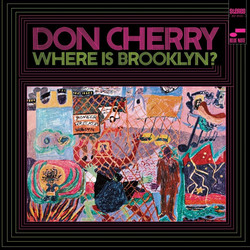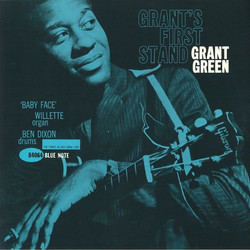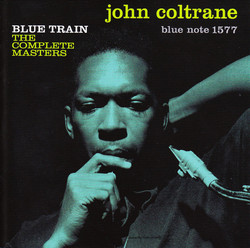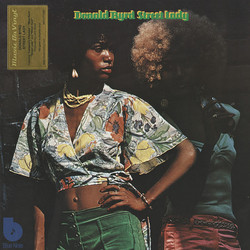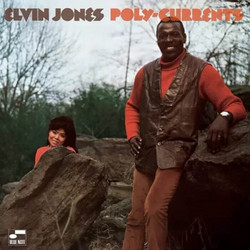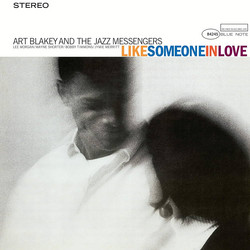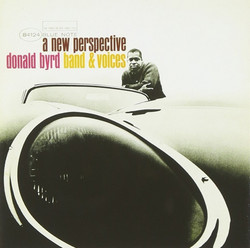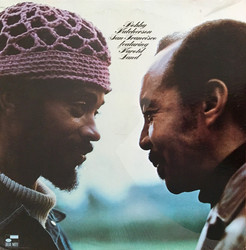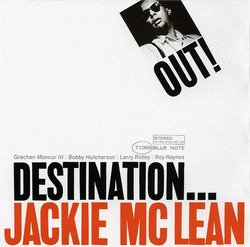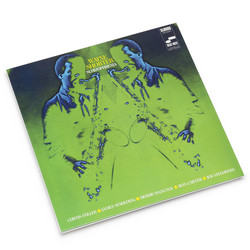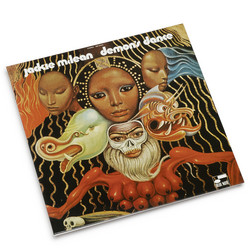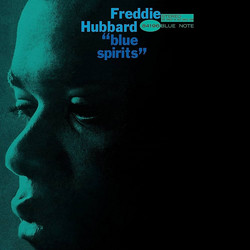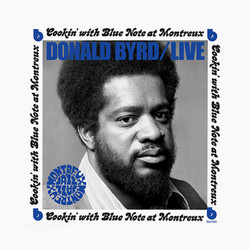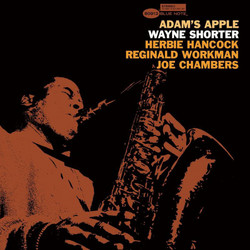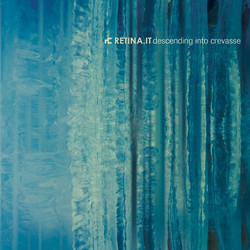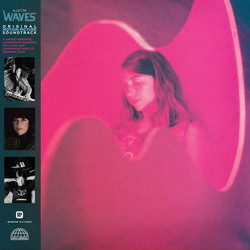On the occasion of the 80th anniversary of Blue Note, here comes the first releases of a new series of LPs, entitled Great Reid Miles Covers, that celebrates the extraordinary and famous covers created by graphic designer and photographer Reid Miles, the artist who gave an unmistakable image to the albums of the blue label and also wrote an unforgettable page in the history of graphic design of the 20th Century. For this series, the new masters were processed by Kevin Gray from the original analogue tapes, and are pressed on 180 gram vinyl.
"Trumpeter Kenny Dorham's Una Mas (One More Time) was one of 1963's best records. With its melding of hard-bop, bossa nova, and the blues, it is a prime example of the memorable vamps that Blue Note favored at the time, finding ultimate success later that year with Lee Morgan's The Sidewinder. Dorham was a prolific recording artist for almost a decade before Una Mas - both under his own name and as a sideman for some of jazz's most notable leaders. He wasn't the flashiest or most aggressive player, but he had impeccably good taste as a soloist, and his compositions have enjoyed consistent attention from musicians ever since. With Una Mas, Dorham takes a few risks. Not every jazz musician that tries to infuse Latin rhythms is successful, and in retrospect, some efforts sound contrived. By contrast, Una Mas manages the fusion seamlessly, leaving a record notable for its insistent but not overpowering rhythm, and simple, powerful melodies. Una Mas is also notable as the first recorded appearance of the great tenor saxophonist Joe Henderson. Fresh out of the Army, Henderson's debut is unusually self-assured. A disciple of Charlie Parker, his playing here doesn't betray any copycat licks; instead, he turns in a solid performance of beautifully constructed solos. In many respects his playing here is more adventurous than Dorham's, a hint of great things yet to come. The catchy and suave title track is one of the most recognizable tunes in the Blue Note catalog, built on brilliant economy and using a simple two-note bounce with a tight, blue chorus. Herbie Hancock contributes a particularly sophisticated handling of the two-note theme by modifying the chords almost continuously, even as he remains tightly within the rhythmic framework. The lineup, rounded out by bassist Butch Warren and drummer Tony Williams (only 17 at the time) is as tight and swinging as they come." - All About Jazz
